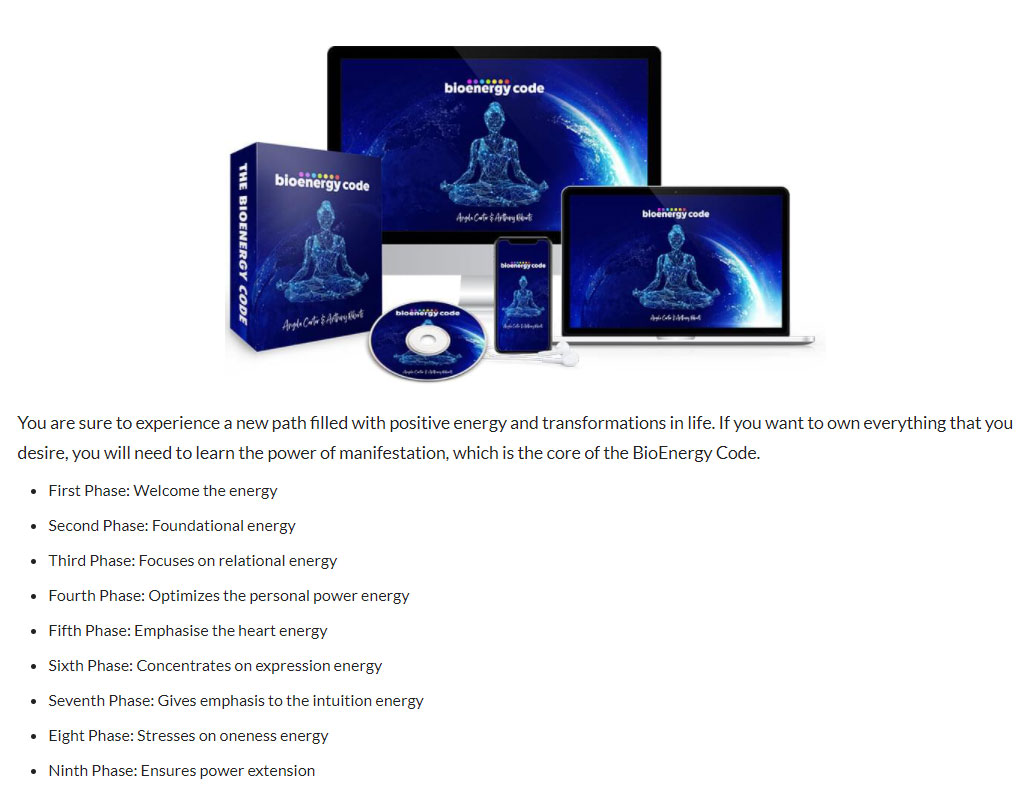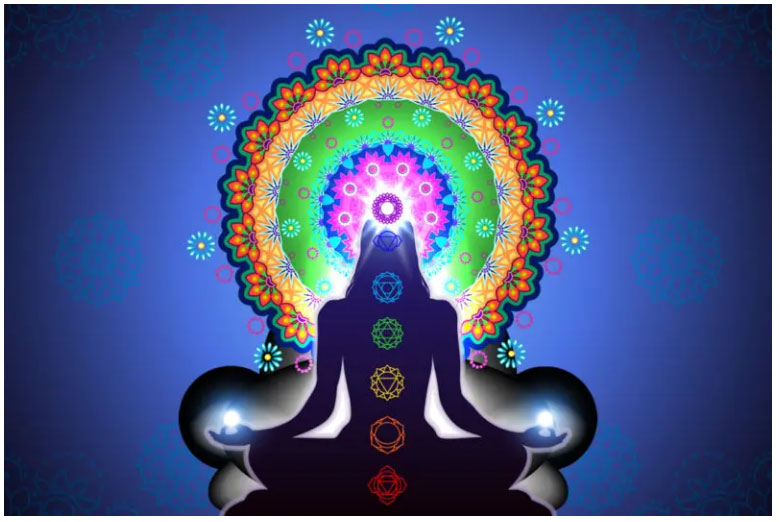Meditation With The Chakras
For thousands of years, maintaining the balance of the chakras has been linked to maintaining mental and physical well-being. And through chakra meditation, you can improve the balance of your key chakras and bring your health and mental attitude to a more peaceful state.
A little reminder about the chakras
In the context of spiritual disciplines such as yoga, chakras are considered wheel-shaped energy centers that are not physically discernible, but belong to the subtle spiritual body and connect it to the material body. The 7 main chakras are located along the spine, from the sacrum at the bottom to the crown at the top of the head.
Mentioned in ancient Vedic texts, present in both Yoga and esoteric Buddhism, energy work based on the chakras has found a favorable echo in many disciplines. Seen in the light of psychology, the chakras are associated with color therapy, Maslow's hierarchy, child development theories and much more.
Each of the 7 key chakras has a specific function that corresponds to particular aspects of our human experience. So by meditating with the chakras it is possible to meditate on key functions of the body.
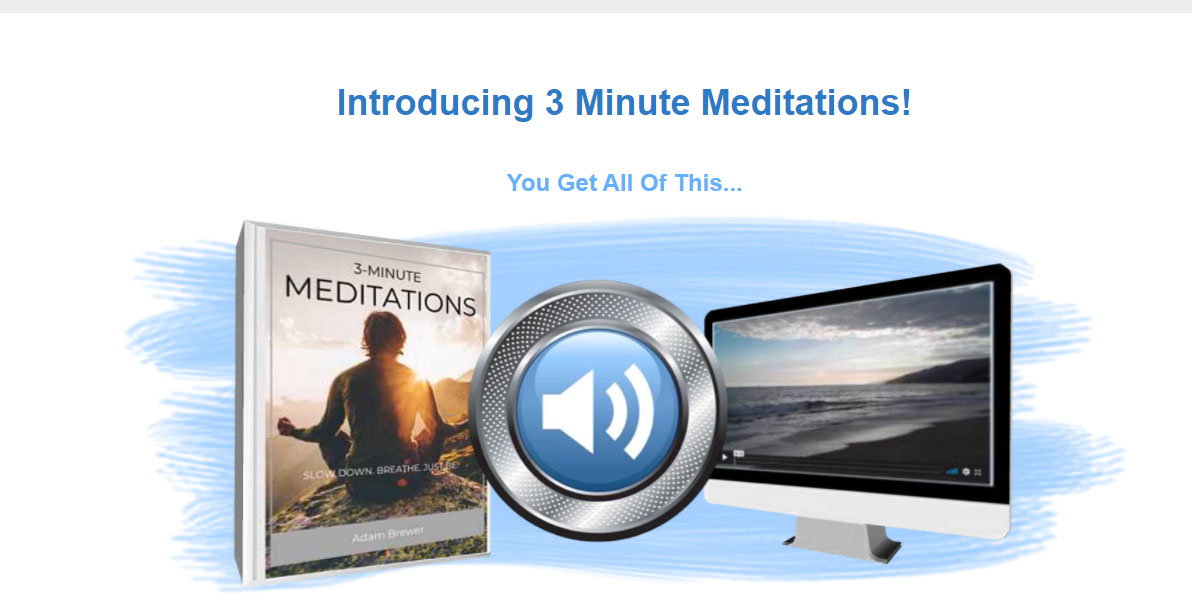
Why meditate using the chakras?
A blocked chakra can cause physical and emotional disturbances. Therefore, once you have identified a blocked chakra, you must work to open it.
Of course, one of the best methods to do this is chakra meditation.
Chakra meditation is a specialized form of meditation that targets blocked chakras. With good chakra meditation, you can cleanse, clear and balance your chakras.
Just as blocked or clogged chakras can hurt you, so too can chakras that spin too fast.
Chakras can suffer from both a lack and an overabundance of energy. Both can wreak havoc on the mind and body.
Therefore, we must learn to control the energy flowing through our chakras.
How can we do this? By meditating, of course! You can add specific mantras and mudras to help you focus on a particular chakra.
Meditation for the 7 chakras
To practice meditation on the chakras, it is helpful to understand what the chakras are. "They are energy points on the surface of our body. "These points rotate like vortexes, drawing external or universal energies to our innermost points, in order to align, balance and relieve the physical, metaphysical and mental systems in and around the body.
All kinds of practices are related to chakra meditation. Some are devoted to spiritual awakening, others to healing or relaxation. Spiritual practice should be undertaken with a competent teacher.
Because your chakras are part of an intimately connected system, there is a limit to the work you can do on the individual chakras. It is best to meditate on each of them to balance the whole system. With time and experience, you will be better able to detect individual imbalances and direct your meditation to focus on particular chakras.
To begin, simply find a quiet place where you will not be disturbed for at least half an hour.
Sit comfortably on the floor with your legs bent in front of you. You can sit on a cushion if you find the position uncomfortable. Keep your spine in an upright position, but without stress. Let your hands fall to your knees. Breathe deeply and evenly.
What you can do is visualize each chakra in turn, from the root to the crown. As you do this, you should picture the energy flowing in and through that chakra. Use the color associations of each chakra provided above during your meditation.
By the time you reach the crown chakra, you should have a clear mental picture of the positive energy flowing through your body.
As you begin to explore chakra meditation, it can be tricky to keep track of the energy centers and colors you need to focus on. Guided meditation tools can be of great help in this regard.
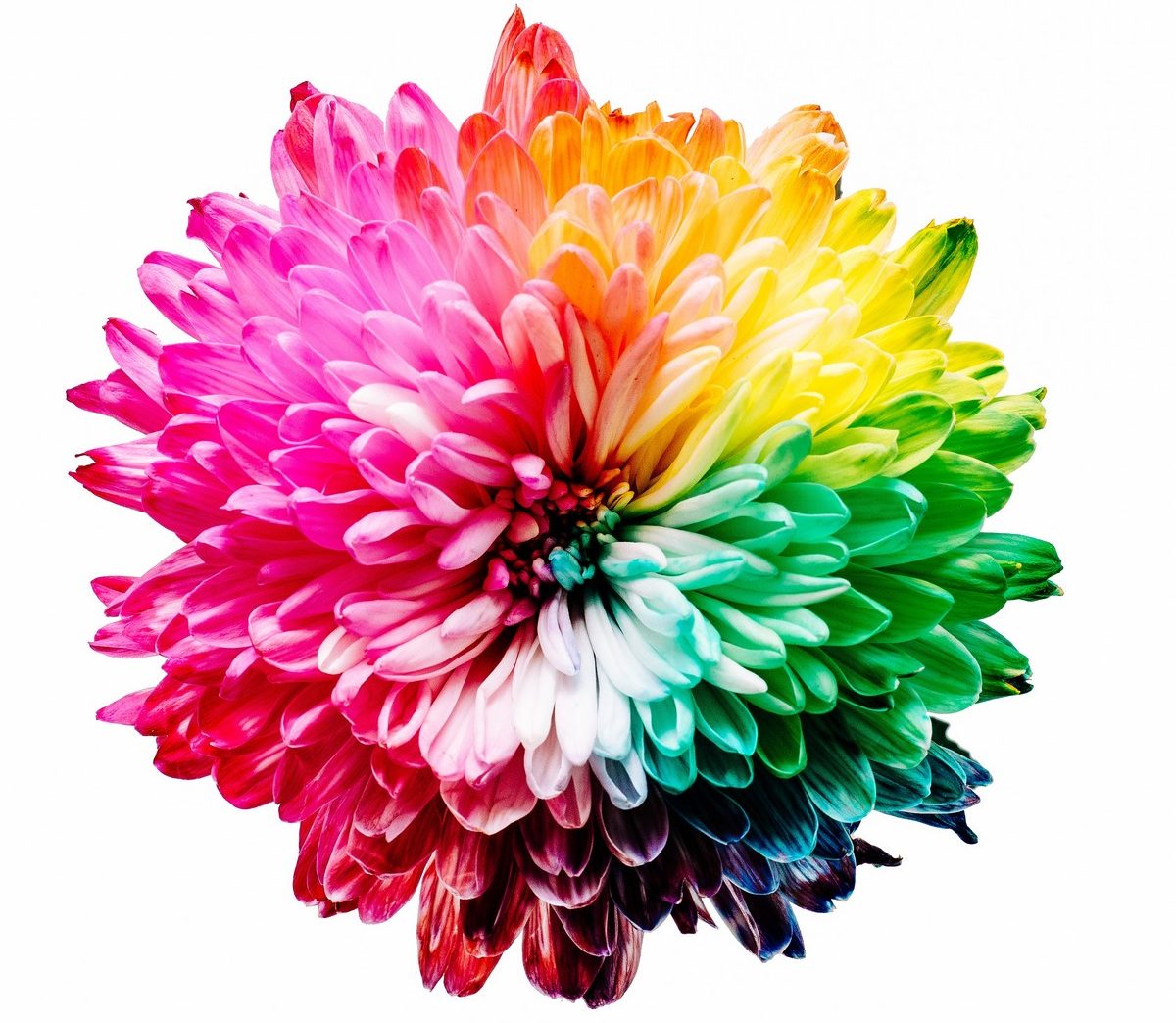
Specifically harmonize the 7 chakras with meditation.
After a few successful meditation sessions, you should begin to feel more sensitive to the energy flowing through your chakras. You will begin to connect your feelings and physical state to specific chakras. Now you can begin to focus your sessions on individual chakras.
Don't force this process; with experience, you should find it more natural for your focus to drift to the chakras that most need to be balanced when you meditate. You will find that there are many specialized positions, breathing exercises, mantras and gestures (mudras) to help you focus on specific chakras.
Like chakra meditation, mindfulness is a method whose ultimate goal is to form a solid foundation for achieving not only temporary health-enhancing and stress-reducing benefits, but also personal transformation. Like chakra meditation, mindfulness requires concentration and a balance between determination and relaxation.
Unlike chakra meditation, mindfulness does not require any particular belief other than a belief in the potential benefits of the practice. Rather, mindfulness is about experiencing the present moment as it is and learning to stay grounded in the here and now. People who practice mindfulness meditation often find that they are more attentive, grounded and receptive to others outside of their practice sessions.
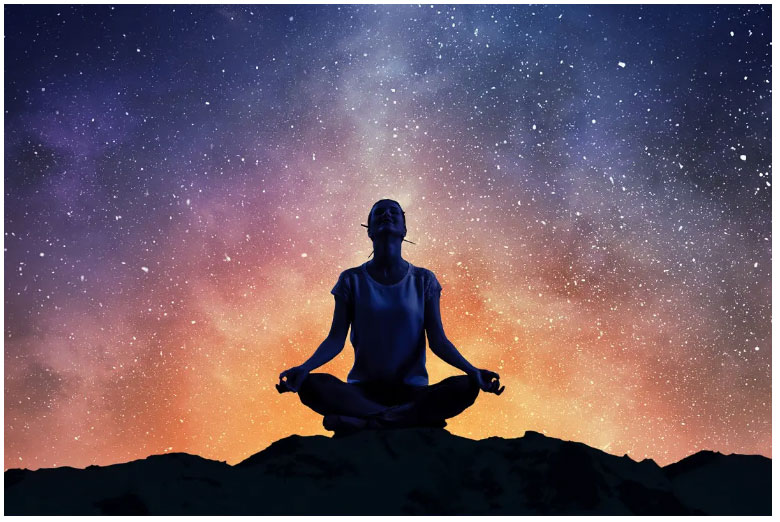
Meditation for the root chakra
The root chakra, or Muladhara in Sanskrit, is located at the base of the spine. It governs how we connect to the outside world and oversees our basic needs for stability, food and shelter. It is associated with the color red and the earth element.
When this chakra is out of balance, we experience feelings of abandonment, depression, anxiety and dependency.
Sit with your shoulders back and your spine straight. Try to relax all your muscles by closing your eyes and taking deep breaths. Breathe in through your nose, pulling the breath as far as you can into your body, and out through your mouth.
Pay attention to the location of the root chakra, just below the coccyx. Notice any tightness in this area.
Since the root chakra element is red, try to imagine a red glow at the base of your spine. This glow will slowly expand, making the whole area warm and relaxed. Rest with this feeling for 3 to 5 minutes.
Meditation for the Sacred Chakra
Svadhisthana, the sacred chakra, is located below the navel. This chakra is intimately linked to our sexuality and our creative process. Its energy encourages us to explore the world and use our creativity to find artistic outlets and adapt to change. Its basic color is orange and its element is water.
When this chakra is unbalanced, we are prone to eating disorders, low self-esteem, addictions and lack of libido.
Sit in a comfortable and quiet place where you will not be disturbed. Keep your spine straight and your limbs relaxed.
Take ten slow, deep breaths.
Imagine an orange circle turning where your Sacred Chakra is.
Since the element of the sacred chakra is water, imagine the orange light from the chakra spreading in rippling waves, slowly enveloping your entire body. Can you feel the warmth spreading?
Do this for as long as you like (preferably for at least five minutes), then open your eyes when you are ready.
Meditation for the solar plexus chakra
The Sanskrit name Manipura means "City of Jewels". The solar plexus chakra is located between the rib cage and the navel. It is considered a source of personal action and self-esteem, as it translates our desires into action. Physically, it helps to regulate digestion. Its color is yellow and it is associated with the element fire.
When this chakra is unbalanced, we tend to have poor memory and concentration or stress.
Pay attention to your upper abdomen, where the solar plexus chakra is located.
Imagine a round sphere of bright yellow light in the center of the upper abdomen, and slowly concentrate to make the energy wider and brighter.
Imagine a sphere that rotates (clockwise) as it grows, and feel the area become warmer and more relaxed as you do this.
After 3 to 5 minutes, let the energy dissipate throughout your body, take another few deep breaths and open your eyes.
Meditation for the heart chakra
Anahata, the heart chakra, means "take-off" in Sanskrit. This chakra is located in the middle of your cardiovascular system and is connected to organs such as the heart and lungs. The Heart Chakra is associated with a person's emotional profile, such as their natural generosity and ability to appreciate compassion and connectedness. It is green in color and the element air.
When this chakra is out of balance, we lose sight of beauty, empathy, love and compassion for others and for ourselves.
Find a comfortable and relaxing place where you will not be disturbed.
Sit down and breathe in through your nose and then breathe out through your mouth for a few minutes. Feel your body relax while you do this.
Imagine sucking green energy through your body to the heart, starting at the base of your spine and working your way up.
Imagine that this energy solidifies into a ball of bright green energy located in the heart chakra. As you breathe in and out, you see this ball become larger and brighter.
Focus on feelings of love for yourself and others, letting the green energy radiate throughout your body. Emergence from meditation after 3 to 5 minutes.
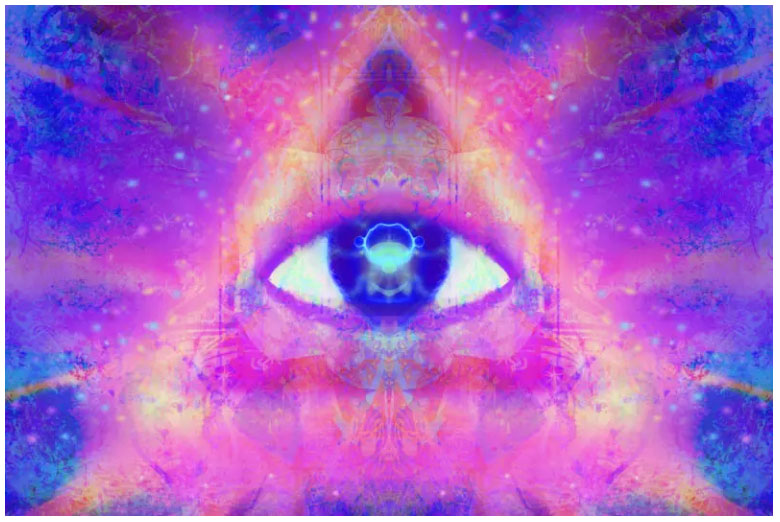
Meditation for the throat chakra
The Vishuddha, the throat chakra, governs the neck, mouth, tongue and other physical elements of the throat area. It regulates the way we communicate and allows us to express ourselves skillfully. Trust and understanding are linked to this chakra. Its color is blue and its element is ether.
When this chakra is out of balance, you may have a sore throat, nervousness, irritated sinuses, thyroid, tooth and gum problems, jaw pain.
Sit in a comfortable chair in a quiet room.
Inhale and exhale 10 times, as deeply as you can. Inhale through your nose and exhale through your mouth.
Starting at the top of your head, scan your body and imagine your muscles relaxing as you go.
When you've done this for your whole body, imagine a ball spinning in a shade of blue (the color of the throat chakra). See it at your throat, and imagine that it shines.
See the blue sphere get bigger and bigger, focusing on a feeling of openness and relaxation in your throat.
Let the energy disperse in your body, then open your eyes when you are ready.
Meditation for the third eye chakra
The ajna is located behind the forehead at the space between the eyebrows. The chakra of the "third eye" governs intuition and insight, especially at the spiritual level. A receptive and balanced ajna chakra allows us to notice the interconnections that exist in this world and beyond. Its color is indigo and its element is light.
When this chakra is out of balance, you may experience headaches, migraines, nightmares or eye problems.
Sit comfortably and close your eyes. Inhale and exhale ten times, slowly and deeply.
Focus your attention on the location of the third eye chakra, imagine a sphere of violet energy in the middle of your forehead. Remember that indigo is the color of the third eye chakra.
As you continue to breathe slowly and deeply, imagine that the dark blue energy ball becomes larger and warmer. At the same time, imagine that it purges the negativity from your body.
Imagine that you are absorbing the energy from the third eye chakra, and allowing yourself to feel it everywhere.
Open your eyes when you feel ready.
Meditation for the crown chakra
Sahasrara, the crown chakra, is located at the top of the head. Also known as the Thousand Petal Lotus Chakra, it is considered the most spiritual of the central chakras, as it governs spiritual awareness and the potential for awakening to the dimension of the divine. Its color is purple (or white) and it embodies the spirit.
When this chakra is out of balance, it is likely that you are depressed or have lost faith.
Make yourself comfortable by sitting with your back straight and your feet on the floor.
Put your hands on your knees and turn your palms toward the sky. This position is called "mudra" and helps you receive energy.
Close your eyes and breathe in through your nose and out through your mouth.
Imagine a lotus on top of your head. As you continue to breathe slowly and steadily, see the petals of the lotus unfurl to show you a bright violet light - the color of the crown chakra.
Imagine the light getting brighter and brighter, warming the crown of your head.
Let this warmth spread down through your entire body.
After 5 to 10 minutes, open your eyes and sit quietly for a few minutes.

Conclusion on meditation with the chakras
While we have touched on some useful meditation methods for unblocking your chakras and restoring your energy flow, there is much more to learn when it comes to finding the right balance for you and your unique physical, emotional and spiritual body. We all want to lead a more balanced, joyful and fulfilling life.
Many spend their lives studying this complex energy system so that they can break the cycle of pain, frustration and anxiety once and for all. One of these people is Anodea Judith, a world-renowned American author, sought-after speaker and expert on the chakra system.
